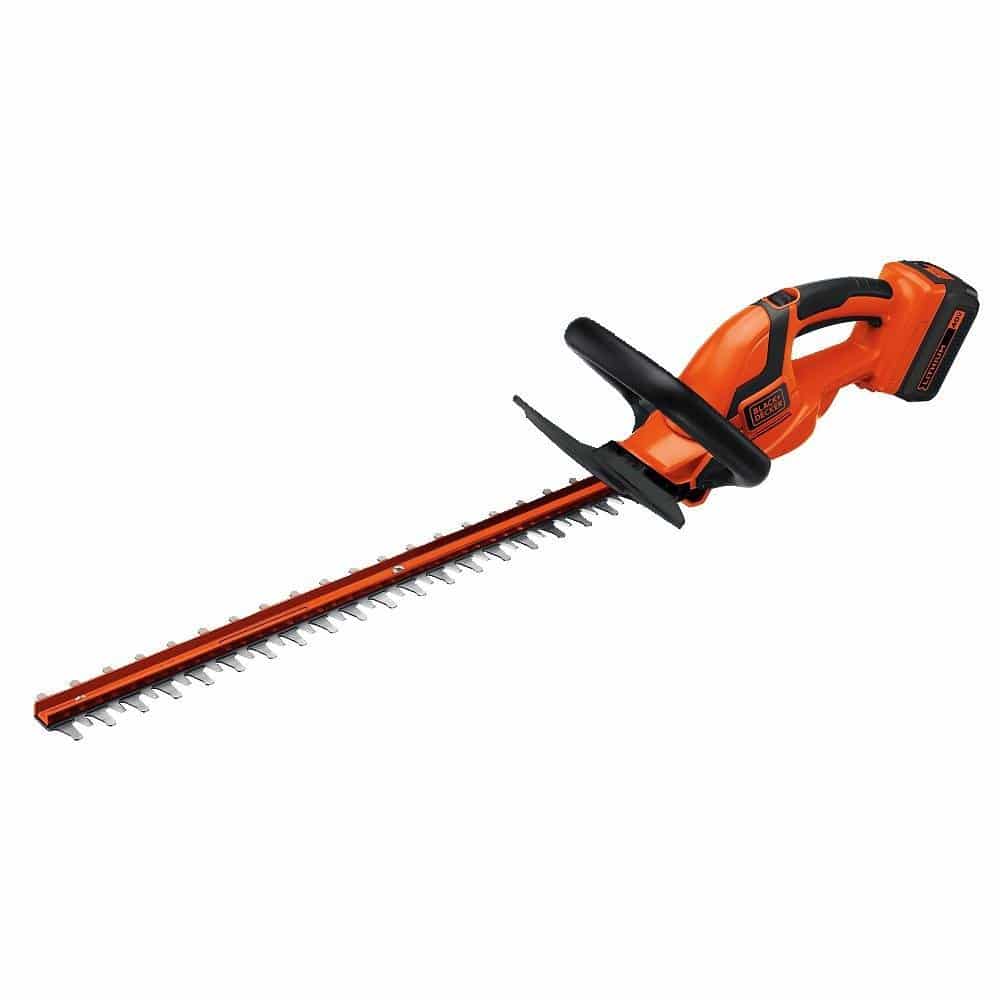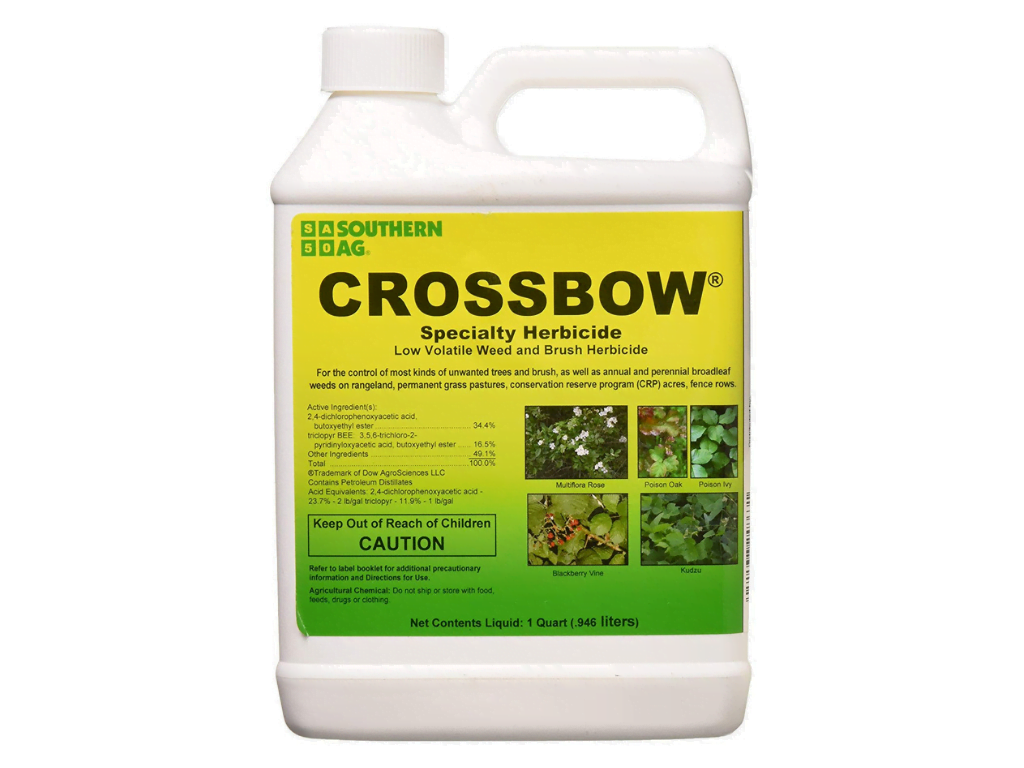If you’re looking to grow grass fast on dirt, there are several steps you can follow to achieve lush, green results in no time.
According to experts, choosing the right seed is essential. Different types of grass seed are suited for specific regions, so it’s important to select the appropriate grass seed based on whether you live in a cool season or warm season climate.
Preparing the soil properly is also crucial. Removing any existing grass, weeds, and rocks, and filling in low spots with soil or using a tiller to loosen compacted soil is recommended.
After preparing the soil, the next step is to seed and feed the grass. Applying a high-performance fertilizer specifically designed for new grass can help stimulate growth.
It’s also important to water and protect the grass during the germination process, gradually increasing the amount of water as the grass develops. Once the grass reaches about 3 inches in height, it can be mowed, following the recommended guidelines to avoid damaging the newly grown grass.
By following these steps, you can grow grass fast on dirt and enjoy a beautiful, thriving lawn in no time.
The Best Seed for Fast Grass Growth
The choice of grass seed is crucial when it comes to achieving fast grass growth on dirt. Selecting the right type of grass seed based on your specific region and climate is essential. Different grass varieties thrive in different conditions, ensuring optimal growth and adaptation to the environment.
According to the first source, cool-season grasses are ideal for regions with large temperature swings throughout the year, such as the Northwest, Midwest, and Northeast. These grass varieties include annual or perennial ryegrass, colonial bentgrass, fescues, and Kentucky bluegrass. On the other hand, warm-season grasses, such as bahiagrass, bermudagrass, centipede, St. Augustine, and zoysia, thrive in warmer climates with less temperature variation, like the Southwest, Deep South, and Mid-South.
Choosing the appropriate grass seed for your specific region ensures that the grass will grow quickly and adapt well to its environment. This knowledge allows you to tailor your selection to the unique attributes of your lawn, such as shading, foot traffic, watering frequency, mowing preferences, and desired maintenance level.
Using a seed blend or mixture can provide additional benefits when aiming for fast grass growth. Such blends incorporate different grass varieties, resulting in a stronger and more resilient lawn. It’s important to consider a seed blend that includes species suitable for your particular climate and lawn conditions.
Can Using a Tiller Help Speed Up the Process of Growing Grass on Dirt?
Using a tiller efficiently can indeed help speed up the process of growing grass on dirt. By properly preparing the soil with a tiller, you can break up compacted dirt, aerate the soil, and create a favorable environment for grass seed to germinate and thrive.
The Fastest Methods to Grow Grass on Dirt
When you’re eager to grow grass quickly on dirt, there are several methods that can deliver fast and satisfying results. According to experts, the following three options are considered the fastest methods: sod installation, seeding, and hydroseeding.
Sod installation involves laying pre-grown grass directly onto prepared soil, instantly transforming your dirt into a lush and green lawn. Although this method offers immediate results, it is also the most expensive option. However, if you have the budget and are looking for instant gratification, sod installation is your best bet.
Alternatively, seeding is a traditional and cost-effective method where grass seeds are sown directly onto the soil. While it does take more time for the seeds to germinate and establish, it is a reliable choice for those willing to wait a bit longer for their grass to grow. With proper care and maintenance, your grass will thrive and flourish.
Lastly, hydroseeding is a technique that involves spraying a mixture of water, starter fertilizer, green dye, wood or paper fiber, and grass seed onto the soil. This method offers a quick and uniform germination process, making it ideal for large areas or areas prone to erosion.
Each method has its own set of advantages and considerations, and the choice ultimately depends on your specific needs and preferences. Factors such as budget, timeline, and desired outcome should be taken into account when selecting the most appropriate method for your lawn. By following the recommended practices and making an informed decision, you’ll be well on your way to achieving fast and successful grass growth on dirt.









